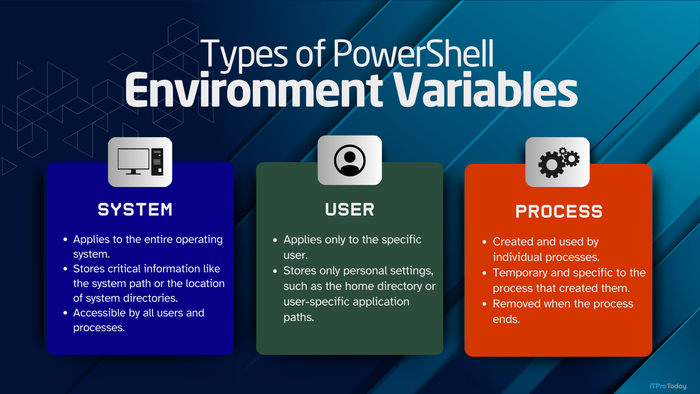Instant Messaging in Your Exchange Server EnvironmentInstant Messaging in Your Exchange Server Environment
Instant Messaging has become an important business tool, and now you can make it part of your Exchange deployment.
September 20, 2001
Most of us have used Instant Messaging (IM) services with AOL or MSN, but have you deployed IM as part of your Microsoft Exchange 2000 Server deployment? IM is quickly becoming a ubiquitous business tool, and because it comes as part of Exchange 2000, you can deploy an IM infrastructure for free (well, almost).
If you're unfamiliar with Exchange IM, the technology is similar to next-generation Chat room technology, except IM lets users receive real-time messages on their client machines without joining a Chat room conversation. Unlike Chat technology, which uses the Internet Relay Chat (IRC) protocol, IM clients communicate using the Rendezvous Protocol (RVP) now being incorporated into the Internet Engineering Task Force (IETF) Instant Messaging and Presence Protocol (IMPP). Members of my work team are spread around the world, so we find IM to be a priceless tool. I can instantly determine whether team members or contacts are online and initiate a conversation with those who are. During the past year, I've definitely experienced IM's benefits—both in business value and personal relationships.
In Exchange's IM architecture, Exchange servers function as IM home servers or IM routers (or both). Home servers store IM user accounts and communicate directly with Exchange IM clients to deliver instant messages and online-presence information. IM routers receive incoming messages, locate the recipient's home server, and route the messages to the home server. Both these IM server types function as part of an IM domain. Microsoft recommends that you set up IM domains to have one-to-one correspondence with your email domains, but this setup isn't mandatory. You can configure an IM deployment for use inside or outside the firewall or both. This simple architecture makes deploying and managing Exchange IM services relatively easy.
Although IM started as a consumer tool for kids, the technology has quickly become a valuable business tool (with prudent use). To extend IM, organizations can develop custom IM applications that leverage the Exchange 2000 infrastructure. In the future, Microsoft likely will move IM out of the Exchange product and build the tool's core functionality into the Windows OS. If you want more information about IM, Microsoft has posted an IM white paper on its Web site.
About the Author
You May Also Like






.jpg?width=700&auto=webp&quality=80&disable=upscale)
